Some animals act so weird, even scientists throw up their hands. Why do whales beach themselves in groups with no warning? How can bees do basic math? And what in the world makes spiders decide to fly using silk, like creepy little parachuters? For every mystery science has solved, nature throws out five more. From octopuses that seem to dream, to crows that hold funerals, the animal kingdom is full of behaviors that defy logic, textbooks, and sometimes gravity. Get ready to meet 17 creatures doing things we still can’t explain—and might never fully understand.
Whale Strandings

Why do perfectly healthy whales beach themselves in groups? Navigation errors or solar storms might be the cause, but no one knows for sure. These mass strandings have puzzled marine biologists for decades, with some hypothesizing about the whales’ complex social structures.
Despite advanced tracking technology, the root cause remains elusive. The phenomenon has sparked numerous scientific theories, but none are conclusive.
As marine life continues to mystify, the quest to understand these gentle giants’ behavior remains a priority for researchers worldwide.
Cat “Zoomies”

Cats often surprise their owners with sudden bursts of wild running, known as ‘zoomies’. Is it stress relief or a predator instinct kicking in? The exact reason remains a mystery, even to seasoned feline behaviorists.
These energetic episodes occur day or night, leaving owners both amused and bewildered. Some suggest it’s a leftover trait from their wilder ancestors.
Regardless of their origin, cat zoomies add a playful unpredictability to the home, showcasing the feline’s enigmatic nature and penchant for spontaneous bursts of energy.
Elephant Mourning Rituals
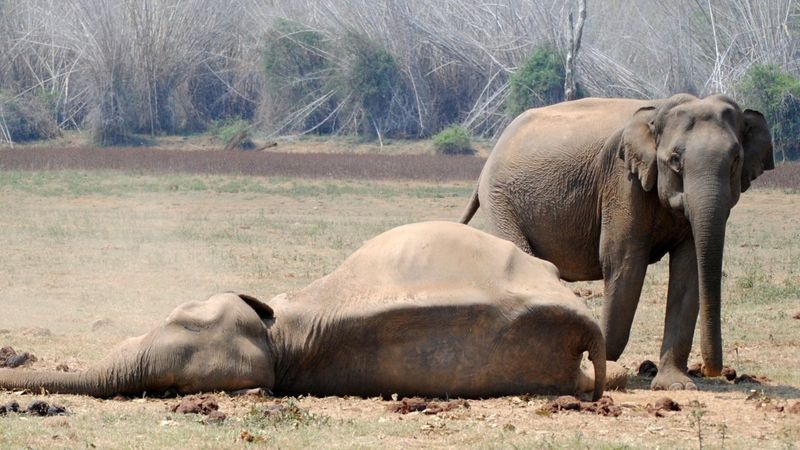
Elephants are known for touching the bones of their deceased, standing silently, and appearing to grieve. But how deep does elephant emotion really go? These majestic creatures exhibit behaviors that suggest a complex understanding of life and death.
While some scientists believe it’s a sign of mourning, others argue it’s more about curiosity or a social ritual.
Nonetheless, the sight of elephants engaging in these rituals is both poignant and profound, sparking greater interest in understanding their emotional world.
Mass Bird Murmurations

When thousands of birds move like one giant, shifting organism, it creates a spectacle known as murmuration. How they coordinate without crashing remains unclear to ornithologists. This natural ballet, often witnessed at dusk, is both awe-inspiring and scientifically confounding.
Theories suggest it could be a defense mechanism against predators. Alternatively, it might be a way to keep warm during cold nights.
Regardless of the reason, murmurations captivate observers and challenge our understanding of collective animal behavior, leaving many questions unanswered.
Dogs Sensing Seizures or Cancer

Dogs possess an incredible ability to detect illness before humans do. How exactly they do it remains unknown, leaving the scientific community intrigued. Many stories recount dogs alerting their owners to impending seizures or cancer.
Theories suggest dogs might be picking up on subtle changes in body chemistry or behavior. However, concrete evidence is still elusive.
This ability, whether instinctual or learned, showcases the profound bond between humans and dogs, emphasizing their role as not just pets but also protectors.
Octopus Intelligence
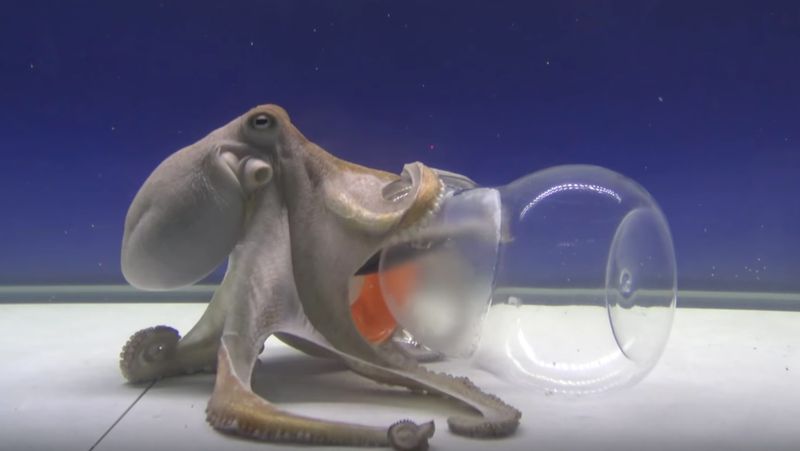
Octopuses are renowned for their problem-solving skills, from escaping tanks to unscrewing jars. They’re smart, but the extent and reasons for their intelligence are still debated. These cephalopods display behaviors that challenge our understanding of intelligence in the animal kingdom.
Some researchers argue that their solitary lifestyle necessitates cunning and adaptability. Others believe it’s an evolutionary anomaly.
As studies continue, the octopus remains a symbol of curiosity and complexity, with its intelligence captivating both scientists and the public alike.
Dolphin Name-Calling (Signature Whistles)
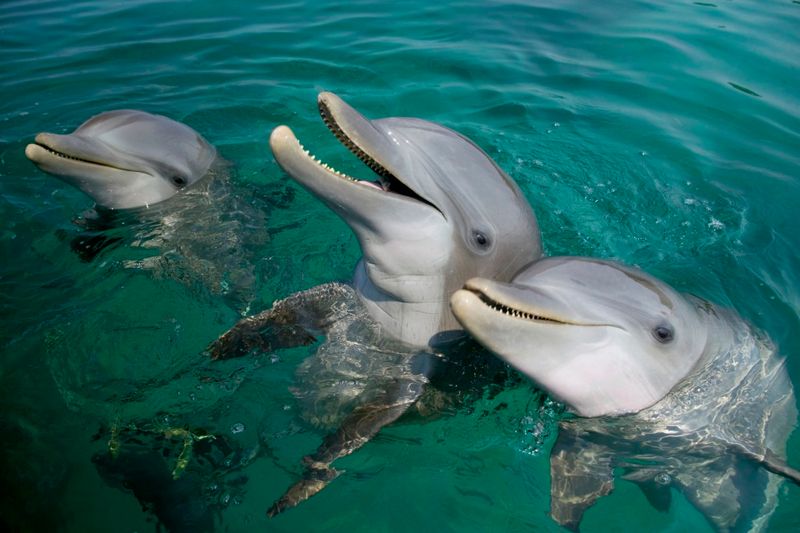
Dolphins are known for their sophisticated communication skills, including the use of signature whistles akin to names. How they create and remember these calls is still being studied. This vocalization is a testament to their social complexity and cognitive abilities.
Researchers have discovered that dolphins use these whistles to identify and call each other, much like humans use names.
The intricacies of dolphin communication continue to intrigue scientists, shedding light on the advanced nature of these marine mammals.
Insect Swarming Before Earthquakes
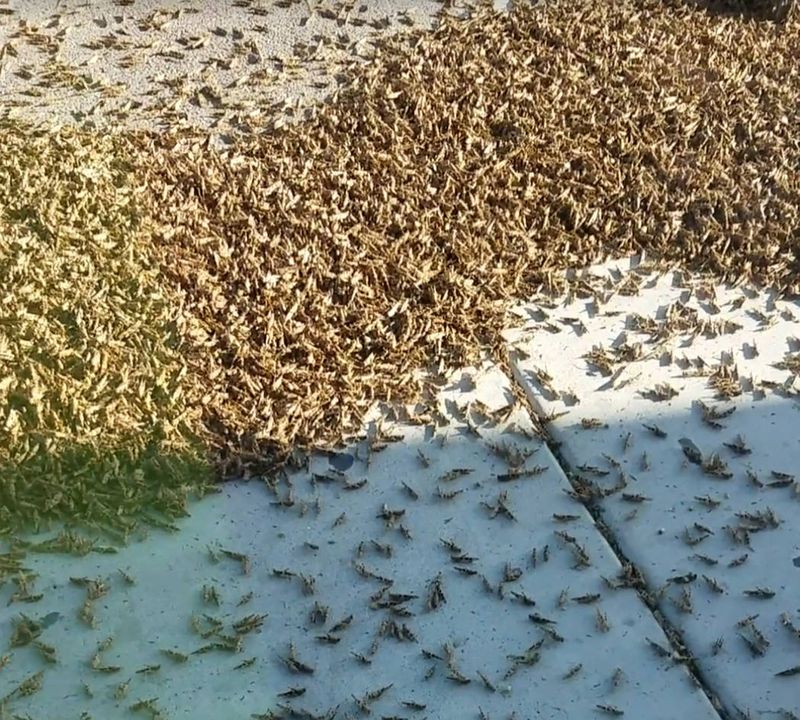
It’s often reported that insects and animals act strangely before earthquakes, leaving scientists puzzled. Are they sensing vibrations, gases, or something else entirely? This phenomenon has led to speculation about animals’ ability to predict natural disasters.
While some believe it’s a heightened sensitivity to environmental changes, others dismiss it as coincidence.
Regardless of the cause, the idea of animals predicting earthquakes captures the imagination, offering a glimpse into the mysteries of the natural world.
Penguin Marching Patterns
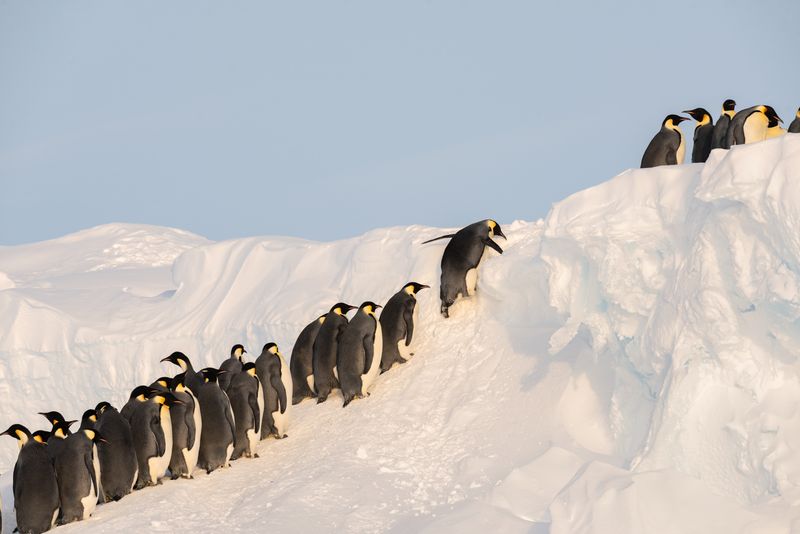
Why do emperor penguins walk long distances in bizarre single-file formations even when they could cluster? This peculiar behavior continues to puzzle researchers studying these Antarctic birds.
Some theories suggest it’s a method to conserve heat or reduce wind resistance during their arduous journeys.
Whatever the reason, these marching patterns are a captivating aspect of penguin life, highlighting their resilience and adaptation to harsh environments and adding to the mystery of their communal behavior.
Corvid (Crow and Raven) Funerals
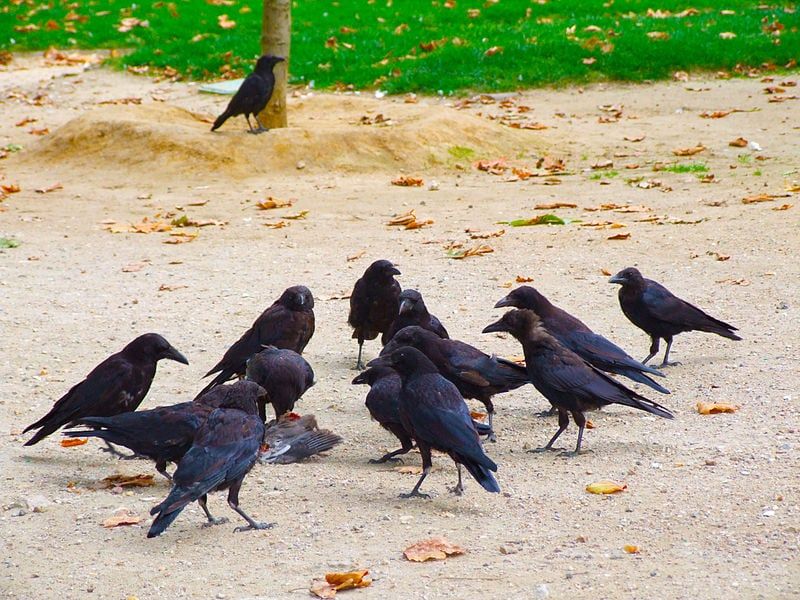
Crows and ravens are known to gather around their dead companions, sometimes bringing gifts. Is it mourning, learning, or warning others? This behavior, often called a ‘funeral’, showcases the intelligence and social complexity of corvids.
Some scientists view it as a learning opportunity to understand danger, while others see it as a sign of empathy.
Regardless, these gatherings are a testament to the deep social bonds within corvid communities, sparking curiosity and admiration among bird enthusiasts and researchers alike.
Spider Ballooning
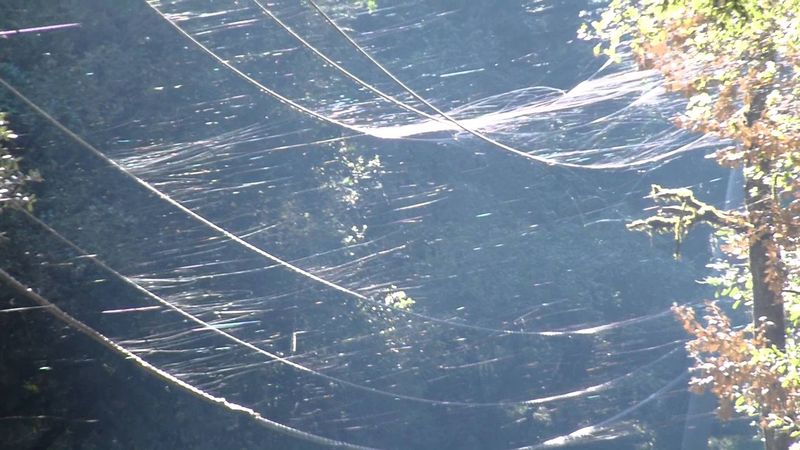
Spiders have a fascinating method of travel known as ballooning, where they release silk threads and float through the air—sometimes for miles. They even do it without wind, adding to the enigma.
This extraordinary behavior allows spiders to disperse and colonize new areas, but the mechanics are not fully understood.
Scientists continue to study the aerodynamics and environmental triggers of ballooning, intrigued by this lightweight journey that defies conventional understanding of spider locomotion.
Shark Navigation Over Long Distances
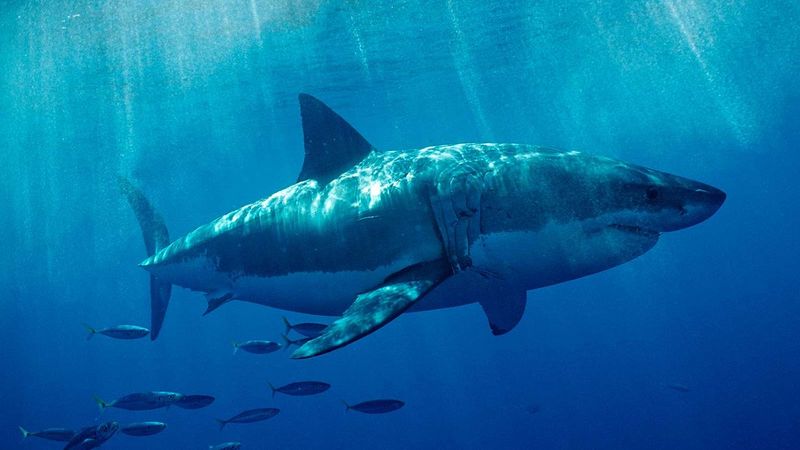
Sharks can return to the exact same breeding spot from thousands of miles away. No GPS, no map, just an innate sense of direction. This navigation ability perplexes marine biologists trying to unravel the mystery.
Some speculate that sharks use the Earth’s magnetic field or ocean currents to guide them.
Understanding this remarkable trait could provide insights into the evolution of navigational skills in marine life, highlighting the profound connection between sharks and their environment.
Animal Rain (Frogs, Fish Falling from Sky)

Occasionally, animals rain from the sky, a phenomenon that seems straight out of a surreal tale. Tornadoes are one theory, but it doesn’t explain all cases. This bizarre event has been recorded throughout history, with reports of fish, frogs, and even jellyfish falling from above.
While some attribute it to waterspouts lifting creatures into the air, the full explanation remains elusive.
Animal rain continues to intrigue both the scientific community and the public, evoking wonder and curiosity about the forces of nature.
Bees Solving Math Problems
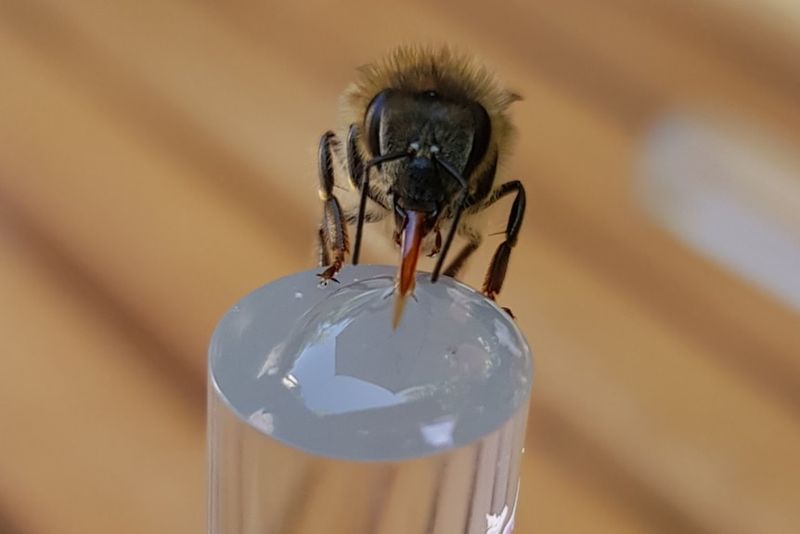
Bees can understand zero and solve simple equations, a feat astonishing given their tiny brains. How they achieve this cognitive ability is a captivating mystery. These industrious insects demonstrate an intelligence that belies their size, challenging preconceived notions about brain capacity.
Research suggests they might use spatial awareness or pattern recognition, but much is still unknown.
This revelation about bees not only fascinates scientists but also underscores the complexity of insect societies, prompting deeper exploration into the capabilities of these remarkable pollinators.
Migration Without Teaching
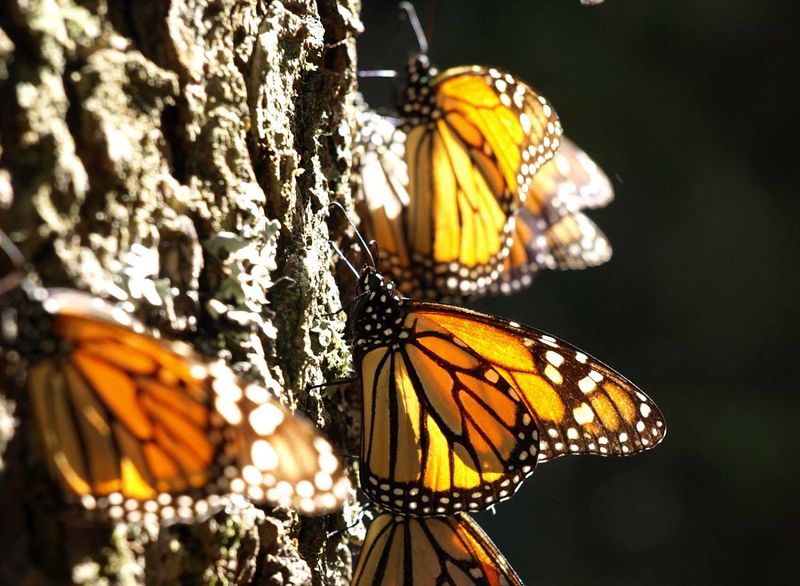
Monarch butterflies migrate thousands of miles, yet individuals have never made the trip before. Who taught them? This instinctual journey remains one of nature’s great enigmas.
Scientists speculate that it might be guided by genetic programming or environmental cues.
The monarch’s migration is a testament to the resilience and mystery of nature, capturing the imagination of those who witness it and inspiring ongoing research into the mechanisms of animal navigation.
Cows Aligning with Earth’s Magnetic Field
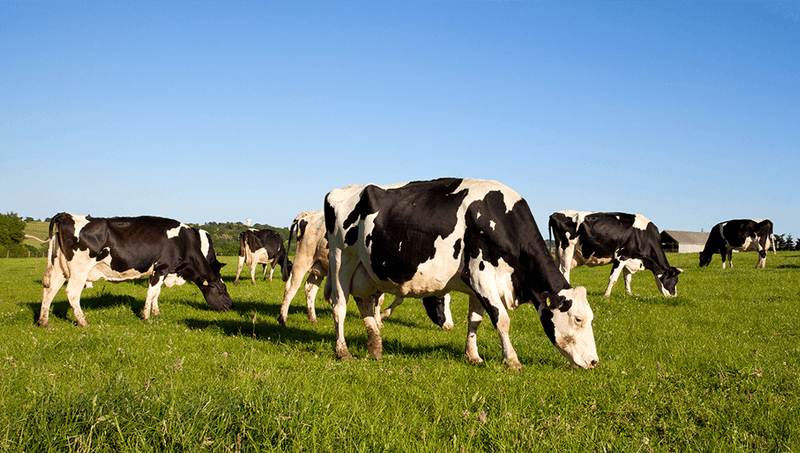
Satellite images show cows tend to face north or south when grazing. No one knows why, yet this behavior suggests a surprising sensitivity to Earth’s magnetic field.
Some researchers believe it might be an ancient trait retained from wild ancestors.
This intriguing alignment fuels speculation about the magnetic sense in animals, adding a layer of mystery to everyday pastoral scenes and challenging assumptions about animal perception.
Pets Knowing When Owners Are Coming Home

Dogs and cats often head to the door minutes before their humans arrive. Is it coincidence, or something more? This curious behavior suggests a unique bond between pets and their owners.
Some attribute it to the animal’s keen sense of time or routine, while others propose a more mysterious connection.
This uncanny anticipation highlights the profound relationship between humans and their furry companions, sparking both scientific inquiry and endearing admiration.

